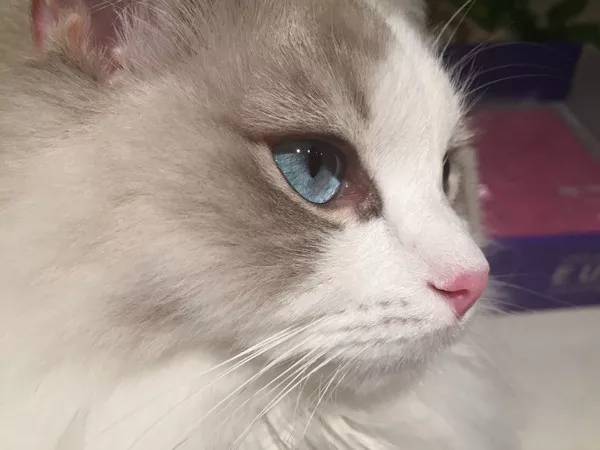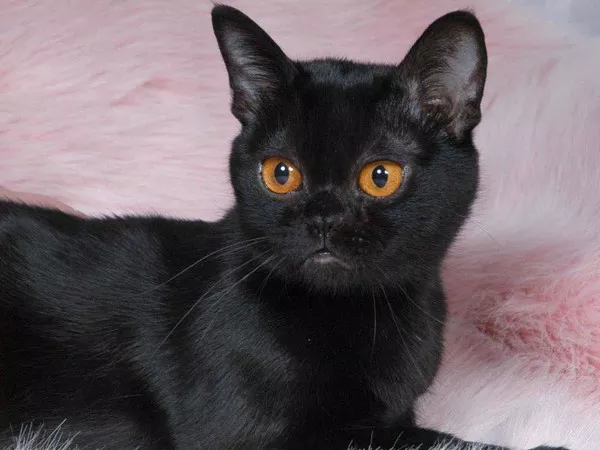Hairless cats, with their unique appearance and velvety skin, require specialized care to ensure their health and well-being. Whether you have a Sphynx, Peterbald, or another hairless breed, understanding their specific needs is crucial for providing them with the right care. In this comprehensive guide, we explore the essential aspects of caring for a hairless cat, including skin care, nutrition, grooming, environmental considerations, and health considerations. By following these guidelines, you can create a nurturing environment and maintain the optimal health and happiness of your hairless feline companion.
Skin Care for Hairless Cats
a. Bathing: Hairless cats require regular bathing to maintain clean and healthy skin. Use a gentle, hypoallergenic shampoo specifically formulated for cats to prevent skin irritation and dryness. Frequency of baths may vary, but most hairless cats benefit from a bath every 1 to 2 weeks.
b. Moisturizing: Hairless cats have naturally dry skin due to the absence of fur. After bathing, apply a cat-safe, non-greasy moisturizer or specially formulated skin lotion recommended by your veterinarian. This helps keep their skin hydrated and supple.
c. Sun Protection: Hairless cats are highly susceptible to sunburn and skin damage from UV radiation. Limit their exposure to direct sunlight, especially during peak hours, and provide them with a safe, shaded outdoor area or use pet-safe sunscreen specifically formulated for cats.
d. Temperature Regulation: Due to their lack of fur, hairless cats are more sensitive to temperature changes. Provide them with a warm and comfortable environment, especially during colder seasons, and monitor their exposure to drafts or excessively cold areas.
Nutritional Needs and Diet
a. High-Quality Diet: Hairless cats require a balanced and nutrient-rich diet to support their unique metabolic needs. Consult with your veterinarian to determine the appropriate commercial cat food or discuss a homemade diet that meets their nutritional requirements.
b. Adequate Hydration: Ensure your hairless cat has access to fresh water at all times to prevent dehydration, as they may have a higher water requirement than cats with fur. Consider using cat water fountains to encourage water consumption.
c. Omega-3 Fatty Acids: Hairless cats can benefit from omega-3 fatty acid supplementation, which promotes healthy skin and coat. Consult with your veterinarian about suitable supplements or discuss incorporating foods rich in omega-3s, such as fish, into their diet.
d. Weight Management: Hairless cats can be prone to weight gain, as they may have a slower metabolism. Monitor their weight closely and adjust their feeding portions as needed to maintain a healthy body weight.
Grooming and Maintenance
a. Regular Skin Checks: Conduct routine skin inspections to look for any signs of redness, irritation, sores, or other abnormalities. Promptly consult your veterinarian if you notice any concerning changes or if your cat exhibits signs of discomfort or itching.
b. Nail Trimming: Hairless cats typically have fast-growing nails that require regular trimming. Use cat-specific nail clippers or seek professional grooming assistance to prevent overgrowth and potential injuries.
c. Ear Cleaning: Hairless cats may produce more earwax than cats with fur. Regularly inspect and clean their ears using a vet-approved ear cleaning solution and cotton balls or pads. Be gentle and avoid inserting anything deep into the ear canal.
d. Oral Hygiene: Brush your hairless cat’s teeth regularly with a cat-specific toothbrush and toothpaste to maintain good oral health. Dental issues can be more common in hairless cats, so regular dental care is essential.
Environmental Considerations
a. Temperature Control: Hairless cats are sensitive to extreme temperatures. Ensure their living environment remains within a comfortable range, using heating pads or blankets in colder months and providing cool areas or fans during warmer months.
b. Soft Bedding: Provide soft and comfortable bedding options, such as blankets or fleece, to help your hairless cat regulate their body temperature and minimize contact with potentially rough or abrasive surfaces.
c. Environmental Enrichment: Hairless cats are intelligent and curious. Offer a variety of toys, scratching posts, and interactive playtime to keep them mentally stimulated and physically active. This helps prevent boredom and destructive behaviors.
d. Vertical Spaces: Create vertical spaces, such as cat trees or shelves, for your hairless cat to climb and explore. Vertical spaces provide exercise and opportunities for them to observe their environment from a safe vantage point.
Health Considerations
a. Regular Veterinary Check-ups: Schedule routine check-ups with your veterinarian to monitor your hairless cat’s overall health, address any concerns, and ensure preventive care, such as vaccinations and parasite control.
b. Dental Health: Dental issues, such as periodontal disease, can be more prevalent in hairless cats. Implement a regular dental care routine and consult your veterinarian for professional dental cleanings when necessary.
c. Skin Infections: Due to their lack of fur, hairless cats may be more susceptible to skin infections. Watch for signs of redness, swelling, or unusual discharge and consult your veterinarian if you suspect an infection.
d. Allergies and Sensitivities: Hairless cats can be prone to allergies or sensitivities to certain environmental factors or food ingredients. Monitor their reactions and seek veterinary guidance to identify and manage any potential allergies.
e. Eye Care: Hairless cats may be prone to eye discharge or tear staining. Regularly clean their eyes with a damp cloth or sterile saline solution recommended by your veterinarian. Consult your veterinarian if you notice excessive discharge or signs of eye irritation.
Conclusion
Caring for a hairless cat requires specific attention to their unique needs, including skin care, nutrition, grooming, environmental considerations, and health management. By following the guidelines outlined in this comprehensive guide, you can provide your hairless cat with the care they need to thrive. Remember, every cat is an individual, and it’s important to observe your cat’s behavior, monitor any changes in their skin or overall well-being, and consult with your veterinarian for personalized advice and guidance. With proper care and attention, your hairless cat will enjoy a happy, healthy, and fulfilling life as a cherished member of your family.


























